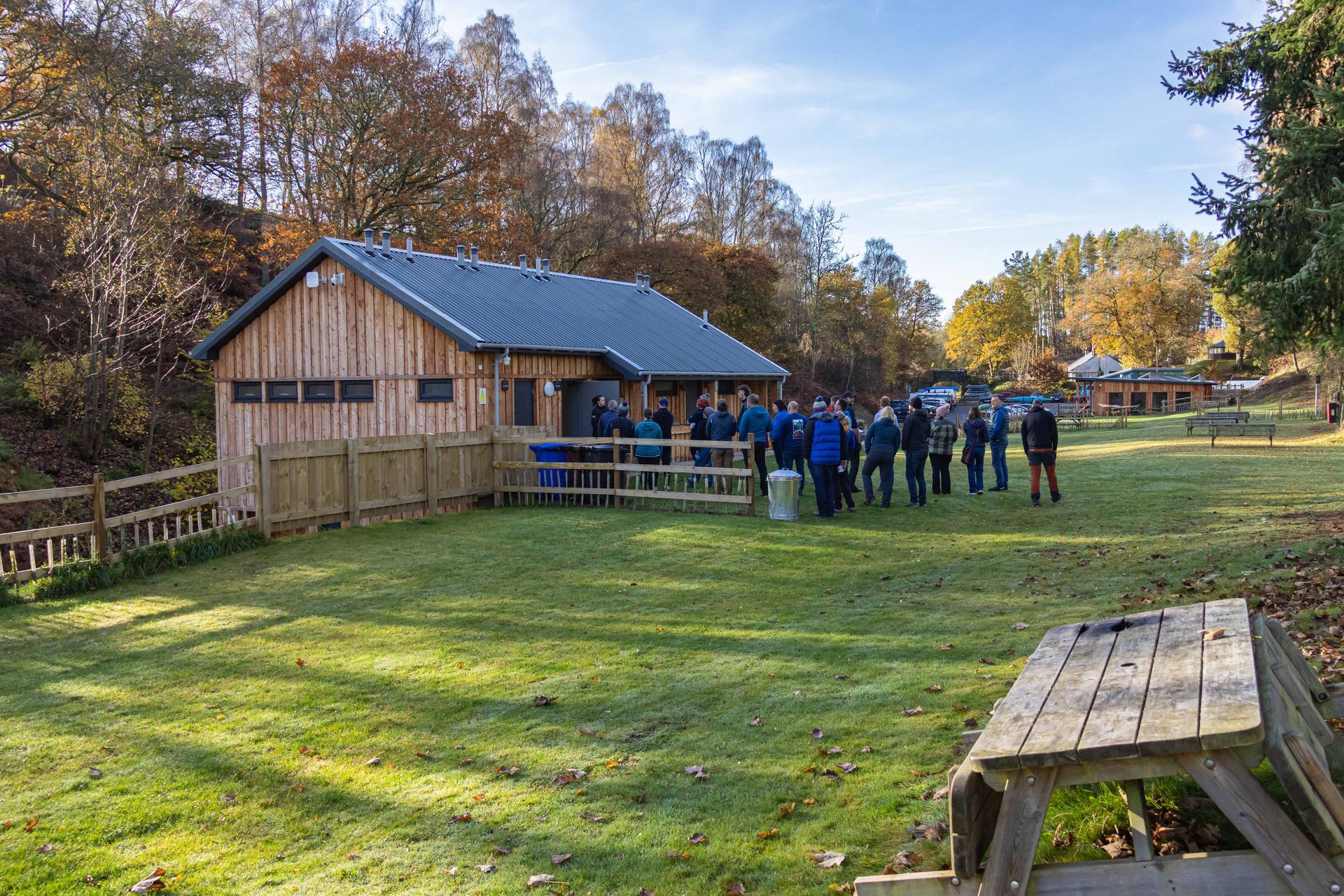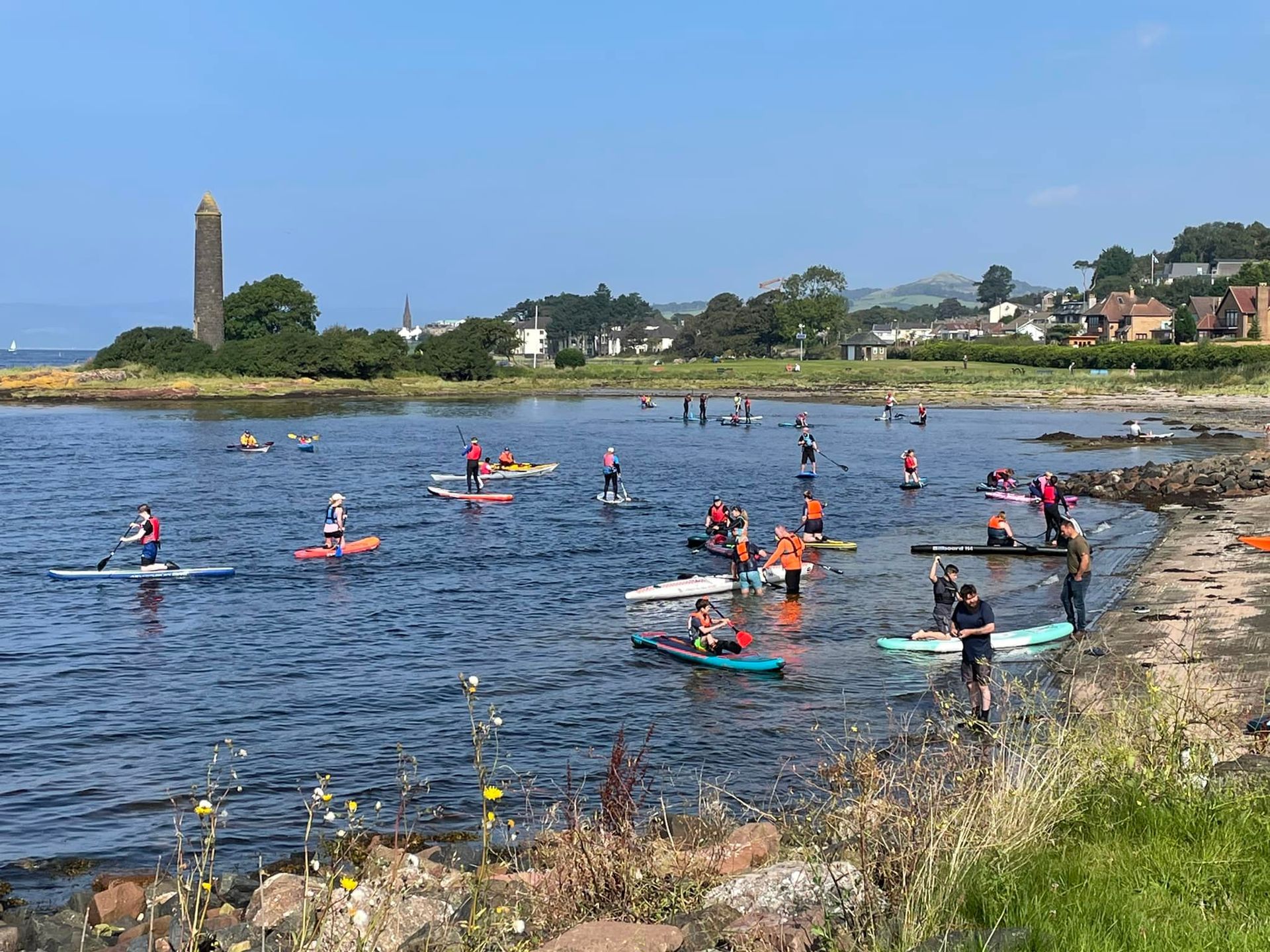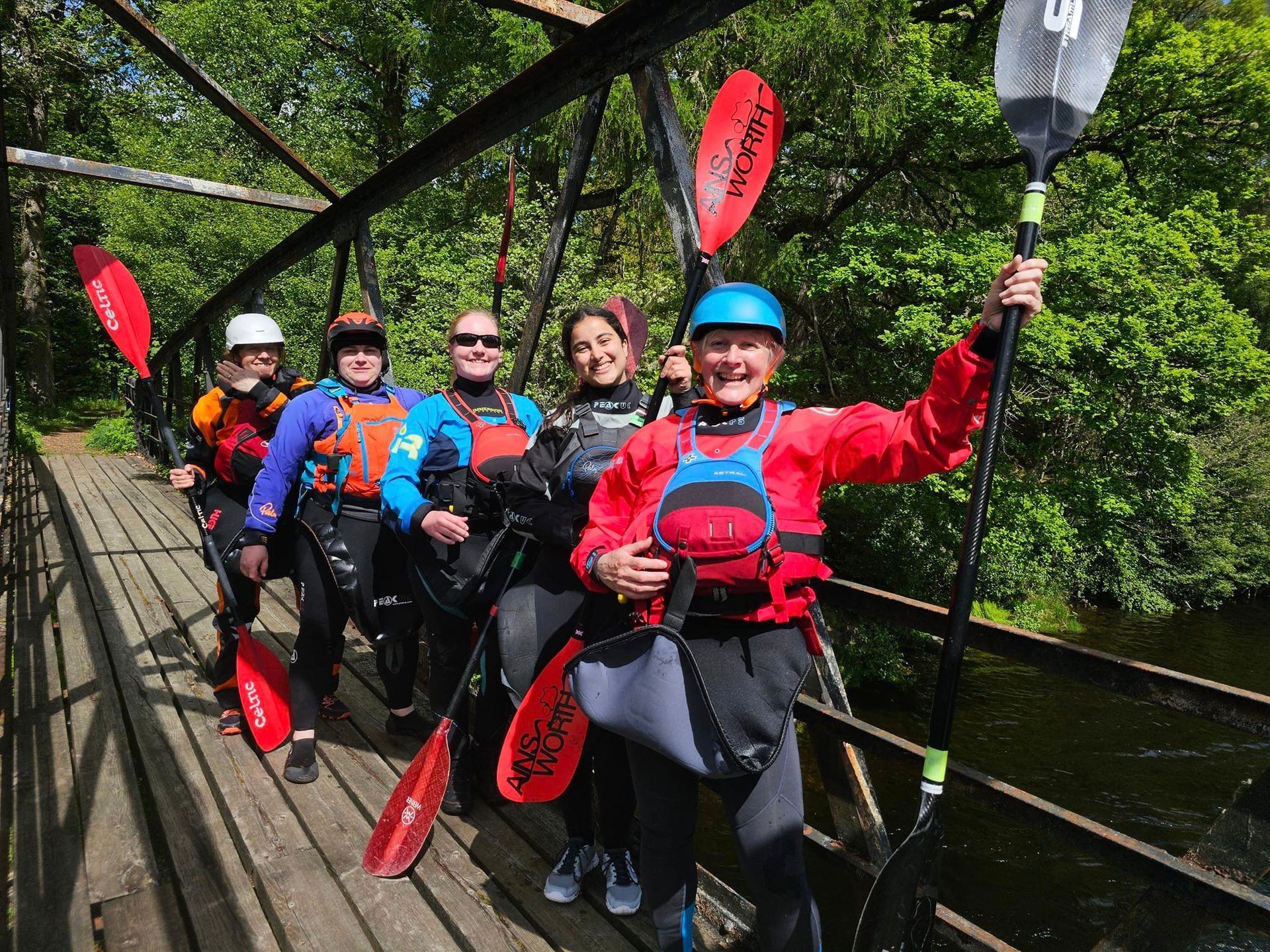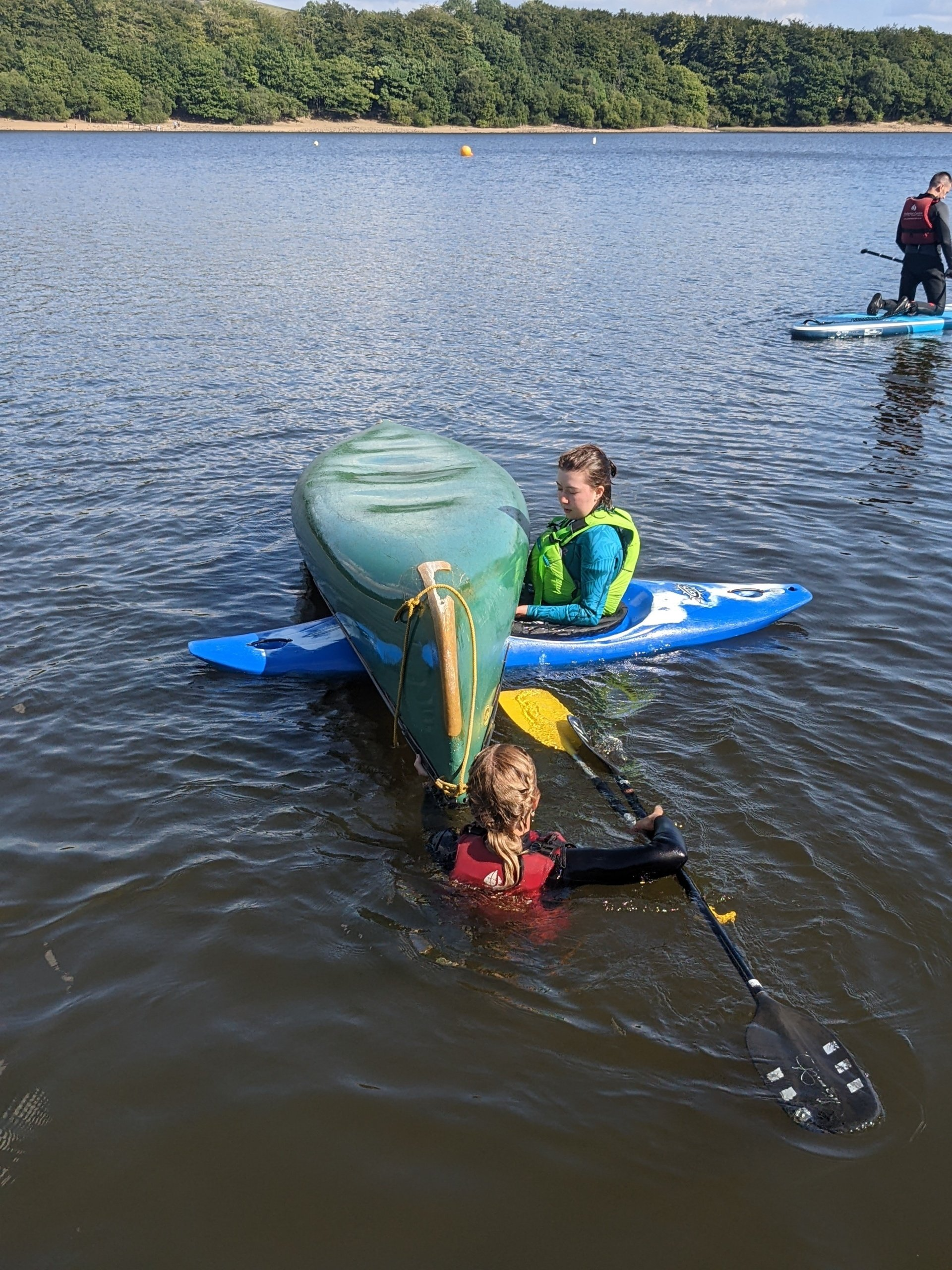Weirs and Other Man Made Objects in Watercourses
By Calum McNicol, Paddle Scotland Development Manager. This was originally published in the April 2024 issue of Scottish Paddler.
Paddling in the vicinity of, paddling down or playing in a weir can be an extremely hazardous and life-threatening activity due to a combination of strong currents, turbulent waters, and the presence of submerged obstacles.
Weirs can often be fun places for a slide and a splash - a whitewater thrill for the inexperienced, an easy place to get a feel for our sport. Great places to learn to 'keep forward' or adopt one bladed paddling options.
But what is one day fun, can the next day be lethal. In that respect a weir is no different to a natural river. It's about understanding that it is a changeable feature that demands respect.
The force of water going over the weir can create powerful hydraulics and undertows, capable of trapping and submerging paddlers, boats and boards leading to potential drownings. Even in low water the hydraulics involved can be strong enough to hold paddlers, boats and boards in potentially hazardous positions and real care should be taken. Not all weirs have the exit you would expect and even the smallest weirs and vertical drop can create hydraulics and towback which can be difficult to get out of. Additionally, the sudden drops and unpredictable flow patterns can easily capsize kayaks, canoes and paddleboards, putting paddlers at risk of injury or becoming entrapped underwater.
Many weirs in Scotland were constructed years ago and are in the process of deteriorating, causing additional snagging and trapping hazards. Real care should be taken when paddling close to them.
Like natural features on a river, not all weirs are the same and you should understand that, like a rapid, weirs are changeable features that demand respect. Take time to inspect the weir if you plan to paddle it. Similar to an unfamiliar rapid, you should approach a weir with caution and you should spend time inspecting it to identify the hazards, the dangers and the potential outcomes that exist. All this should be done in slow time allowing you to come to a judgement about risk versus reward.












